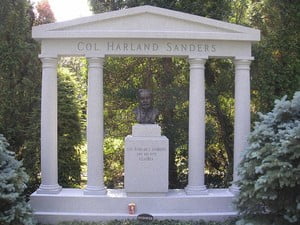Imagination and Redemption in the Poetry of Blake and Wordsworth
Though William Wordsworth bristled at the thought of being lumped in with many of his contemporary Romantic poets, he, along with William Blake, did share the belief that the Imagination, or as Blake understood it as spiritual revelation, informed and gave breadth to poetry. Both poets saw a redemptive power in the Imagination and this ...
